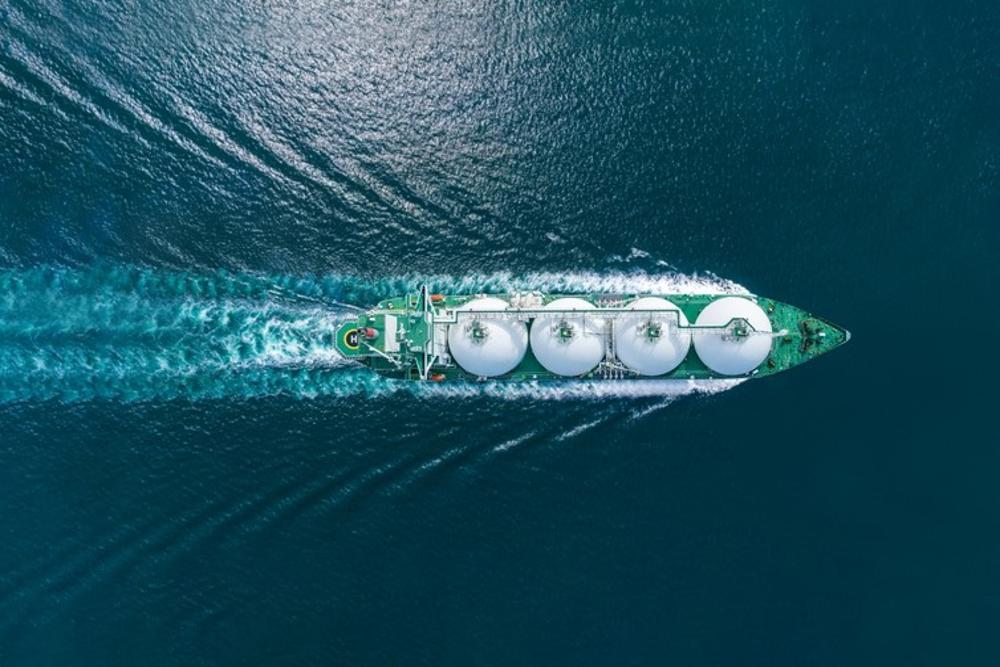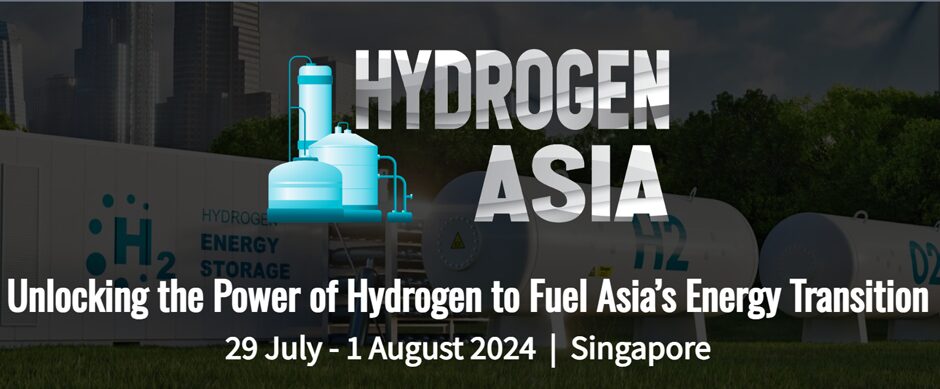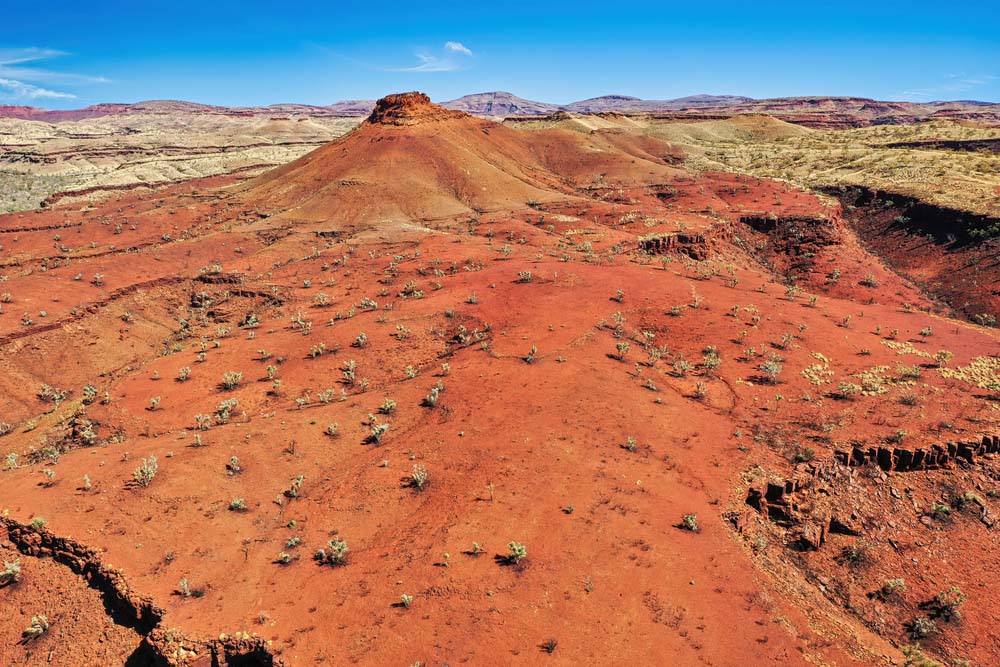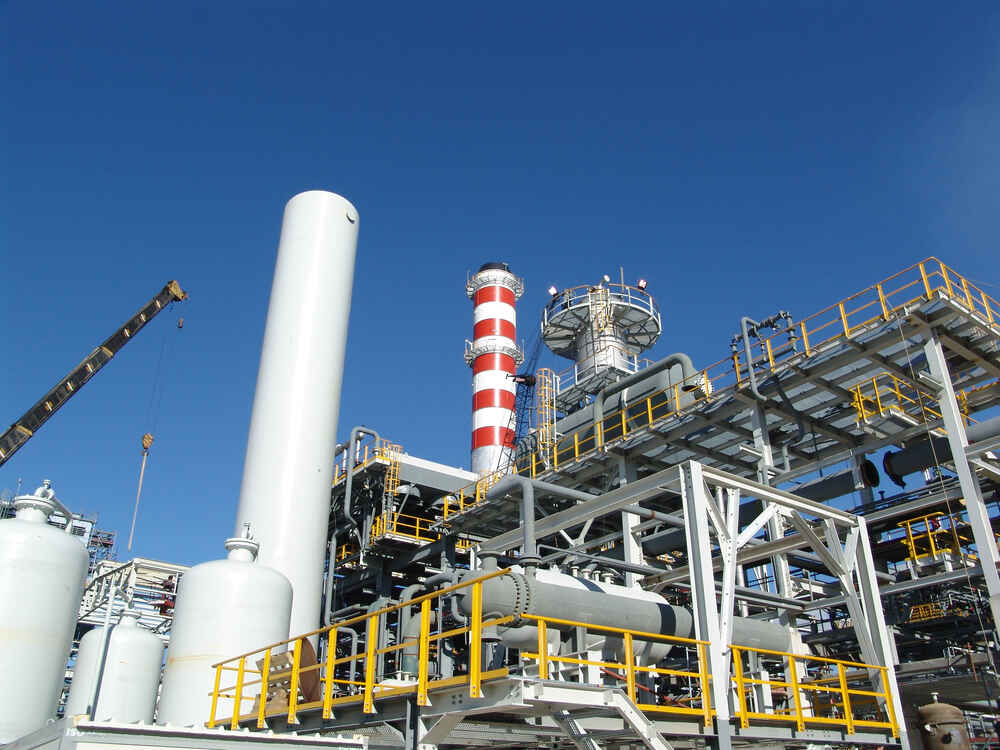
A recent joint study has revealed that well-to-wake emissions in the Pilbara-to-Asia iron ore export trade route can be reduced by over 90 per cent by 2050 through the use of Liquefied Methane (LNG).
This ambitious target is part of a broader strategy to decarbonise international shipping and achieve net-zero emissions.
Key developments in this initiative include:
- Pilbara Clean Fuels (PCF) is developing an electrified LNG plant in Port Hedland, Western Australia, to produce low-carbon LNG marine bunker fuel.
- Oceania Marine Energy (Oceania) is establishing a marine fuel bunkering business using specially designed LNG refuelling vessels chartered from Kanfer Shipping, Norway.
- RINA has designed an innovative LNG-fuelled 209,000 DWT Newcastlemax dry bulk carrier incorporating pre-combustion carbon removal and hydrogen production to meet IMO 2050 Carbon Intensity Index (CII) requirements.
In November 2023, PCF, Oceania, and RINA signed a Memorandum of Understanding (MoU) to collaborate on studies assessing the commercial and emissions reduction benefits of their combined concepts.
The joint study, now completed, outlines a clear and achievable pathway to net-zero emissions for LNG on a well-to-wake basis for international shipping along this trade route.
The study demonstrates an accessible and commercially attractive IMO-compliant marine fuel strategy for ship owners, operators, and charterers.
It proposes a ‘Green Corridor’ solution for the Western Australia to China bulk minerals export trade route.
Western Australia, the world’s largest producer of iron ore, exports over 850 million tonnes per annum, primarily from the Pilbara region.
The study identifies a holistic approach that can reduce well-to-wake emissions by more than 90 per cent by 2050, using current fuel and technologies optimised for regulatory and business needs.
The low-carbon LNG plant by Pilbara Clean Fuels could initially produce LNG with emissions of less than 200kg of GHG per tonne, potentially reducing it to around 50kg/t LNG or zero with further technological advancements.
LNG bunkering in the Pilbara region significantly reduces emissions by eliminating the need for detours to other major bunkering hubs.
This reduces emissions associated with transporting LNG over long distances by 25 per cent, ensuring competitive LNG pricing.
RINA’s bulk-carrier ship concept features a novel propulsion arrangement achieving a 12 per cent fuel saving on LNG at current market speeds.
This design offers fuel flexibility and economic benefits by reducing LNG consumption and lowering running costs compared to traditional fuel oil.
The ship’s design also allows for modular hydrogen production and carbon capture and storage (CCS) equipment to be retrofitted, meeting GHG compliance as needed.
The bunker vessel design incorporates a hybrid energy system with an 8MWh battery, allowing for emission-free operation in port.
The onboard CGR-designed process plant for vapour recovery and re-liquefaction further reduces emissions and enhances efficiency.
The CO2 from pre-combustion hydrogen production can be integrated into large-volume CCS hubs currently being developed in the Pilbara region.
The combined systems and technologies enable LNG-fuelled dry-bulk carriers to significantly reduce emissions today and comply with the IMO 2023 GHG Reduction Strategy through 2050.
The study concludes that well-to-wake emissions for the Pilbara to Asia export shipping industry can be reduced by more than 90 per cent by 2050.
This reduction is achieved by progressively decreasing the LNG fuel share while increasing hydrogen usage, allowing for staged upgrades over the vessel’s lifetime to comply with IMO requirements.
All necessary technologies for achieving Net Zero Emissions with LNG as a marine fuel already exist, marking the first time they have been proposed in combination, demonstrating a viable path to net zero emissions for international shipping.
The joint study results present a significant opportunity for decarbonising shipping in the Pilbara region and beyond, contributing to global efforts to combat climate change.











